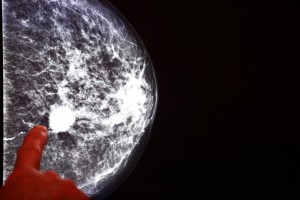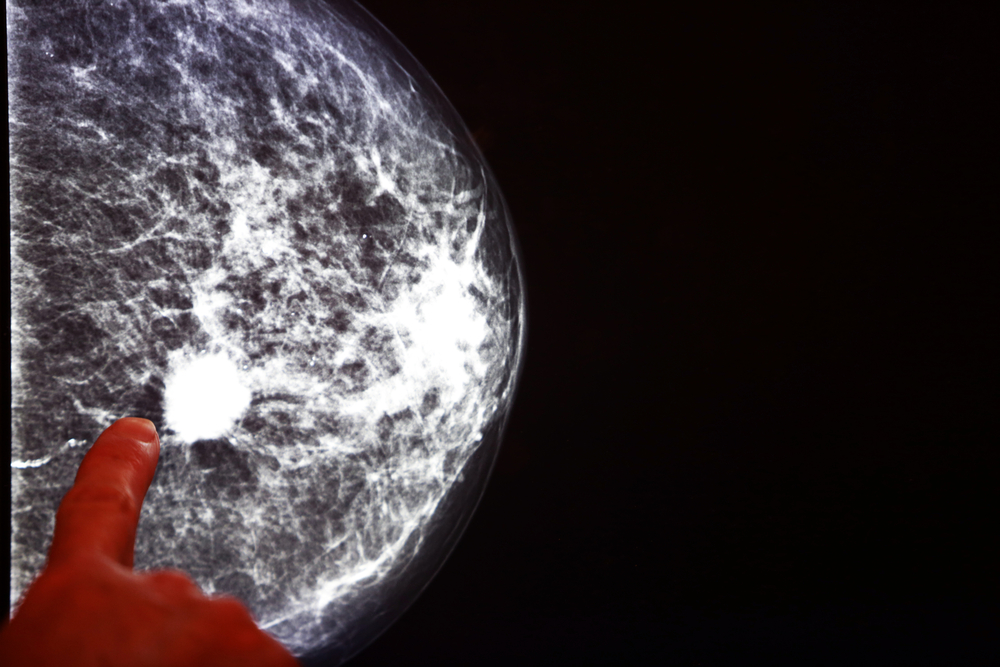 In a recent study titled “Evidence That Breast Tissue Stiffness Is Associated with Risk of Breast Cancer”, published in PlosOne, a group of researchers from the Campbell Family Institute for Breast Cancer Research, Ontario Cancer Institute, Toronto, Canada, evaluated the relation between breast stiffness and breast cancer risk.
In a recent study titled “Evidence That Breast Tissue Stiffness Is Associated with Risk of Breast Cancer”, published in PlosOne, a group of researchers from the Campbell Family Institute for Breast Cancer Research, Ontario Cancer Institute, Toronto, Canada, evaluated the relation between breast stiffness and breast cancer risk.
Forces derived from the physical interaction between cells can have an effect on cellular functions, such as cell growth, survival, motility and differentiation, and lead to an increased tissue stiffness.
Because breast cancer is associated with an increase in breast tissue stiffness, previous studies have hypothesized that the actual mechanical properties of the tissue can have an impact in the risk of breast cancer development. In fact, experimental evidence from animal models has already shown that cancer invasion and progression increases proportionally to the stiffness of mammary tissue.
Women who have dense breasts have a 4–6 fold greater risk of developing breast cancer, and broad mammographic density is linked to a higher number of cells and an increased amount of collagen, which may exacerbated breast tissue stiffness.
In this study, the research team used mammograms to quantify the volume and projected areas of total and radiologically dense breast tissue in 362 women diagnosed with breast cancer, and compared it with 656 healthy controls.
[adrotate group=”3″]
The deformation of the breast during compression was calculated using the measurements of breast tissue volume with the projected area of the compressed breast during mammography. This allowed the estimation of breast tissue stiffness and its association with breast cancer risk.
The team observed that after adjusting for percent mammographic density and different risk factors, there was a statistically significant association between breast tissue stiffness and breast cancer. Furthermore, their measurements allowed the team to improve risk prediction in models with percent mammographic density, by area and volume quantifications.
“Our results suggest that knowledge of both the quantity and stiffness of breast tissue may improve prediction of breast cancer risk in individuals, and facilitate research into the tissue factors that influence breast cancer risk”, the authors write in their study. “Stiffness may provide an additional mechanism by which breast tissue composition influences risk of breast cancer and merits examination using more direct methods of measurement such as elastography using ultrasound or magnetic resonance.”

